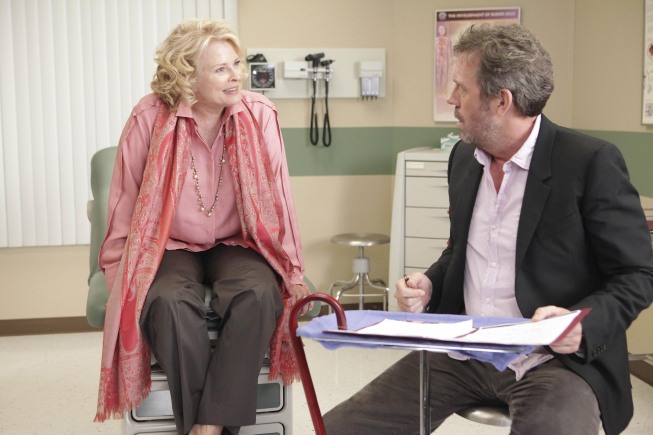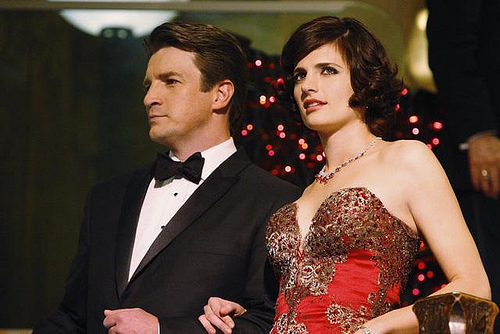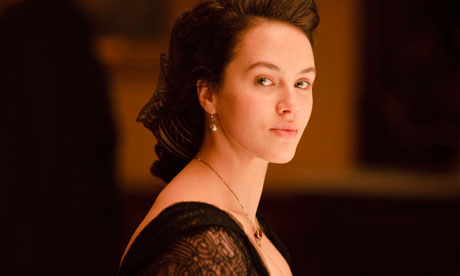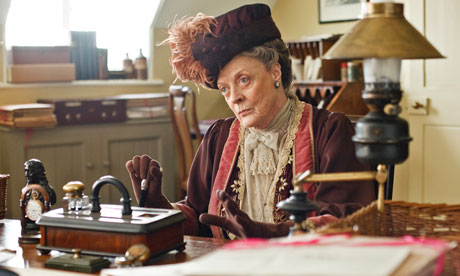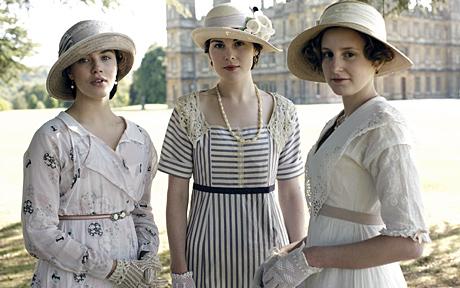by Courtney Hilden

Londonstani by Gautam Malkani is the story of a young Sikh man named Jas, who, with his gang of Sikh and Hindi guy friends, is running a cell phone scam. After partnering with an older Indian man, Jas is mentored about dating and begins seeing a Muslim girl. The novel presents multiple ideas about race via the many characters, and when near the end of the novel it is revealed that although Jas is actually white and Sikh, the previous assumptions of the readers are upended. The sudden change is stunning, and although frustratingly late in the novel, it forces readers to reassess the ideas about race, gender, religious beliefs and other forms of identity the novel previously presented.
First, there is the issue of Jas's identity and the way it is presented to the reader at various times in the novel. Near the beginning of the novel, Jas self-identifies as Sikh. Later on, when talking about the character named Jaswinder, Jas says he was mad because "I'd got the nickname Jas." When Jas offers to share his nickname, Jaswinder tells him not to be stupid because "It's bad enough havin so many desis at school with the same fuckin nickname." The implication leads us to believe that Jas's full name is Jaswinder, though at the end of the novel it is revealed to be Jason. Jas's father is called a good Indian businessman. Jas has Indian friends and talks about what white people are like in way that indicates he does not see himself as one of them.
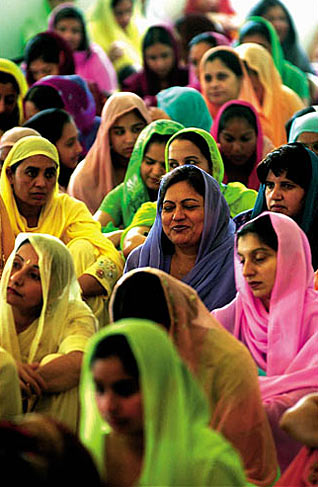 Though Jas is obviously an unreliable narrator, the reader imagines almost the entire story with Jas being Sikh. Obviously, this comes into question when Jas's medical papers describe him as white and use a stereotypical old-school, elite British name. And although Jas calls himself Sikh, his identity is never completely clear, as his parents obviously do not see him as South Asian, saying that he is not one of them. Mr. Ashwood says that he was once a better person, implying that once he was not one of them. The following interpretation assumes that Jas is a white Sikh convert but one who is passing as South Asian amongst the South Asian community.
Though Jas is obviously an unreliable narrator, the reader imagines almost the entire story with Jas being Sikh. Obviously, this comes into question when Jas's medical papers describe him as white and use a stereotypical old-school, elite British name. And although Jas calls himself Sikh, his identity is never completely clear, as his parents obviously do not see him as South Asian, saying that he is not one of them. Mr. Ashwood says that he was once a better person, implying that once he was not one of them. The following interpretation assumes that Jas is a white Sikh convert but one who is passing as South Asian amongst the South Asian community.
Identity is the major focus of the novel. The three sections of the novel are titled different and not necessarily politically correct names for South Asians. Much of the dialogue of the novel is peppered with identity terms, including the most often used one: coconut. A coconut, as the novel defines it, is someone who is brown on the outside and white on the inside, or put more accurately, a South Asian who acts white. Jas goes so far as to say that Arun is semi-coconut, which is to say someone who does not act white but is not truly South Asian either. Coconut gets thrown around frequently in the novel, which is interesting, since Jas himself is the opposite of a coconut: he is a white man who acts South Asian.
The novel presents an unflattering view of South Asian men, especially young South Asian men. The characters have various ugly faults, ones that reinforce ideas about how apparently dangerous and evil young South Asian men are. Ravi and Amit are homophobes, making jokes about Jas's sexuality, mocking men coded as gay at the gym and talking about how much they would like to see a skin magazine featuring Indian lesbians. The gang talks about women as objects, Ravi commenting about he will "get off wid as many fit gyals" as he wants and Sanjay explaining how his teeth are a "thong-removal system." Hardjit is aggressive and often violent. The gang defines their strength by their sexual prowess, Sanjay chastising Jas about his lack of sexual experience by saying he is "so pathetic you'd probably go limp if she let you do any more." The novel depicts the dominant view of South Asian men: they are violent and hateful and dangerous. The novel never subverts this racist perspective of them. The only male characters who make some effort at respecting women are Jas, who is actually white, and Arun, who is defined as being un-South Asian. Although Jas does not completely respect women, the two whitest characters are presented as the protectors of womanhood, a racist and patriarchal idea.
If this was not enough, Londonstani goes farther in its racist view of South Asian men: that they corrupt good white men like Jas. Mr. Ashwood comments several times that Jas was never like this before. And Jas himself often remarks about the time in his life before he was friends with these group. Near the end of the novel, Jas attempts to steal from his own father. His parents say that his friend are a bad influence on him, again, presenting the dominant view about the Other: that they are a menace to society and will hurt even supposedly good white boys, like Jas apparently was before he fell into this group.
Even the character who outwardly represents a model, both in the sense of being a model minority to white characters and a model to the Indian characters, turns out to be dangerous and violent. Sanjay is a slightly older, former student of Mr. Ashwood. Mr. Ashwood sets up Jas and the rest of the boys with Sanjay in an attempt to provide them with a positive role model, because he has a good education and a good job. He who is clearly meant to be a stereotypical model minority, with his fancy apartment, fast car, and cultural capital, but is really a gangster pulling a multi-country scam. He too turns out to be a corrupting force in Jas's life, manipulating him into stealing from his own father. There is no good male South Asian man in this entire novel. All of them are bad.
Economic forces also come into play in the novel. Ashwood discusses, among other things, his beliefs in socialism. But Sanjay the model minority is himself a capitalist, one who believes in "bling-bling urban youth culture." He cuts business deals, including one with Jas and his friends. Many of the characters use materialism through the luxury items they have, as a way of expressing power. Sanjay himself sees traditional work as a problem, using the problematic term "whore" to describe his work. Capitalism is criticized in the book as being the root of many of the problems in the South Asian community since it is a way for South Asians to assimilate into the larger, dominant culture, and Malkani sketches how problematic this connection is, but never goes farther than this.
Gender is also problematic displayed. Samira is the only major young woman in the novel. As a Muslim woman, she is expected to date and eventually marry a Muslim man, even though she spends a significant portion of the novel dating Jas. Samira's father is apparently okay with this, but her brothers are not. Samira is presented at the beginning of the novel as being beautiful, but Jas is surprised to learn she is a virgin, and although he respects her, the things that both his friend and later he himself say about her indicate their desire to control her. As a white man, he has the obvious power advantages over her, but as stated before, he is the only one who can apparently respect women, since his friends spend time discussing the sexual ways they would like to interact with her. Samira dates a white man and no one sees this as problematic, especially given that South Asian men are coded as less desirable within the novel. Meanwhile, the mothers of these young men are depicted as absolute harpies. They are shrill, ridiculous, petty, hysterical, manipulative and insensitive to everyone around them. They are constantly nagging their sons, to the point where one son actually kills himself. One mother constantly tries to control her future daughter-in-law's clothes and behavior. They emasculate their sons and husbands. They are miserable, and this too is never challenged. South Asians mothers are possibly the least likable characters in the novel, and this idea manages to be racist, misogynistic and ageist all at once.
Ultimately, the problem with Londonstani is that is presents a host of racist ideas about South Asians, which, considering the author's background, makes it an even more complicated issue about internalized hatred. While the novel does critically look at capitalism and its role in South Asian assimilation, the novel also presents stereotypes of South Asian men and women while depicting the one white character as being semi-heroic and understanding. The novel asks readers to have empathy for the white narrator, who has been wrongly influenced by South Asian thugs but is good-hearted enough to protect a South Asian woman who apparently cannot rely on men of her own race.









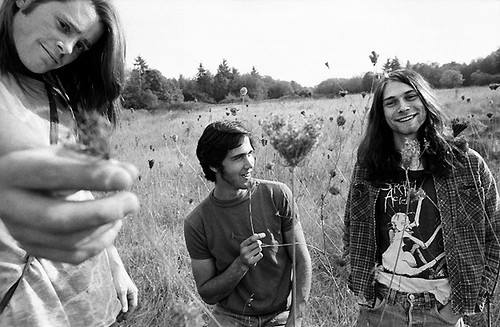








 Although I might be later embarrassed to admit this, I am an A.F.I. fan. I first became aware of them when they were mostly a punk band, and I liked the supernatural melodrama of their album The Art of Drowning, which struck me as a perfect soundtrack to shows like Buffy the Vampire Slayer. Later on, when they released their Sing the Sorrow, I was impressed by the breath of influences (80s neoromantics, metal, punk, goth, pop) and their lyrical content, which focused on the same apocalyptic themes but with more imagery. In songwriting, it is so easy to tell listeners; it is so much harder to show them. Then Decemberunderground came out, and I was so disappointed by the B-side-esque quality of the most of the music, I was simply to afraid to try their next album, Crash Love. If it was bad, it would break my heart, because then it meant that A.F.I. was no longer the band I had loved. So I put off listening to it, even though I purchased it in late 2009.
Although I might be later embarrassed to admit this, I am an A.F.I. fan. I first became aware of them when they were mostly a punk band, and I liked the supernatural melodrama of their album The Art of Drowning, which struck me as a perfect soundtrack to shows like Buffy the Vampire Slayer. Later on, when they released their Sing the Sorrow, I was impressed by the breath of influences (80s neoromantics, metal, punk, goth, pop) and their lyrical content, which focused on the same apocalyptic themes but with more imagery. In songwriting, it is so easy to tell listeners; it is so much harder to show them. Then Decemberunderground came out, and I was so disappointed by the B-side-esque quality of the most of the music, I was simply to afraid to try their next album, Crash Love. If it was bad, it would break my heart, because then it meant that A.F.I. was no longer the band I had loved. So I put off listening to it, even though I purchased it in late 2009.





 I am usually sad to see a miniseries come to an end on Masterpiece Theater, Classics Edition, but here I found I was desperate to see this particular story, with increasingly wonky structure, no discernible meaning, and despicable characters, end, so then finally, blessedly, I would never have to revisit this work.
I am usually sad to see a miniseries come to an end on Masterpiece Theater, Classics Edition, but here I found I was desperate to see this particular story, with increasingly wonky structure, no discernible meaning, and despicable characters, end, so then finally, blessedly, I would never have to revisit this work.







